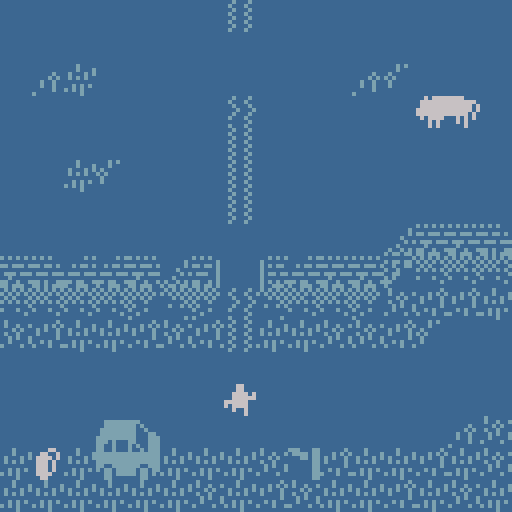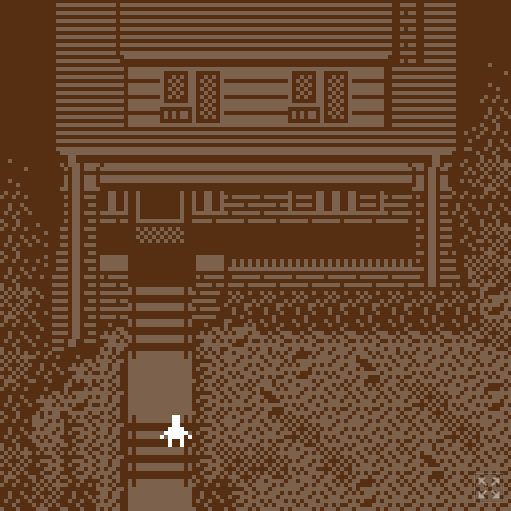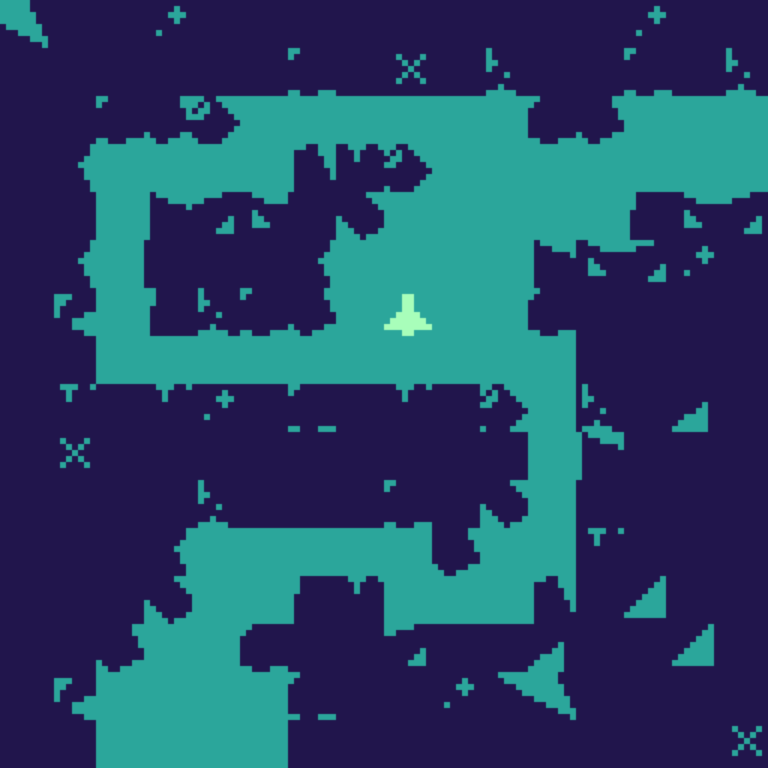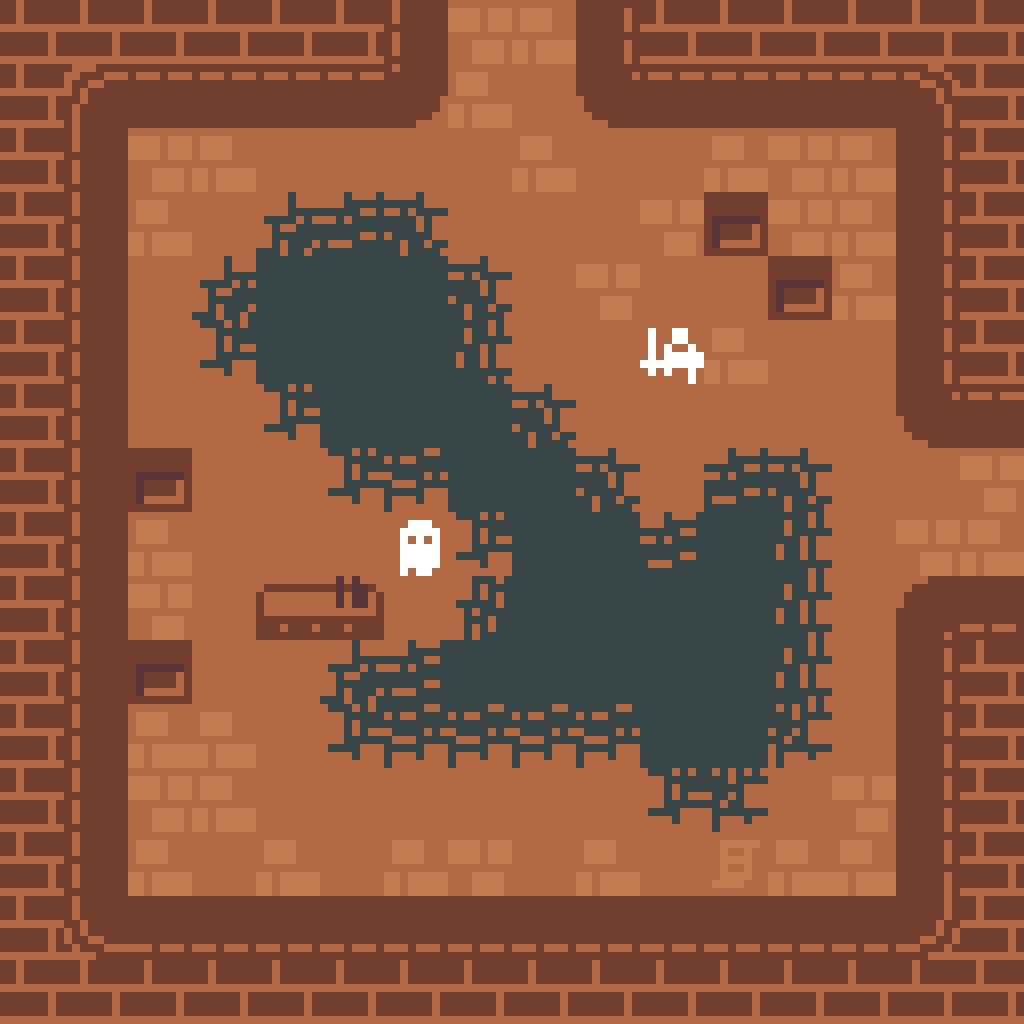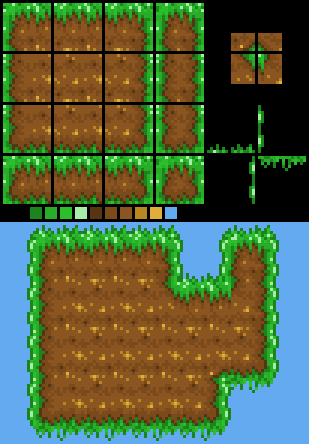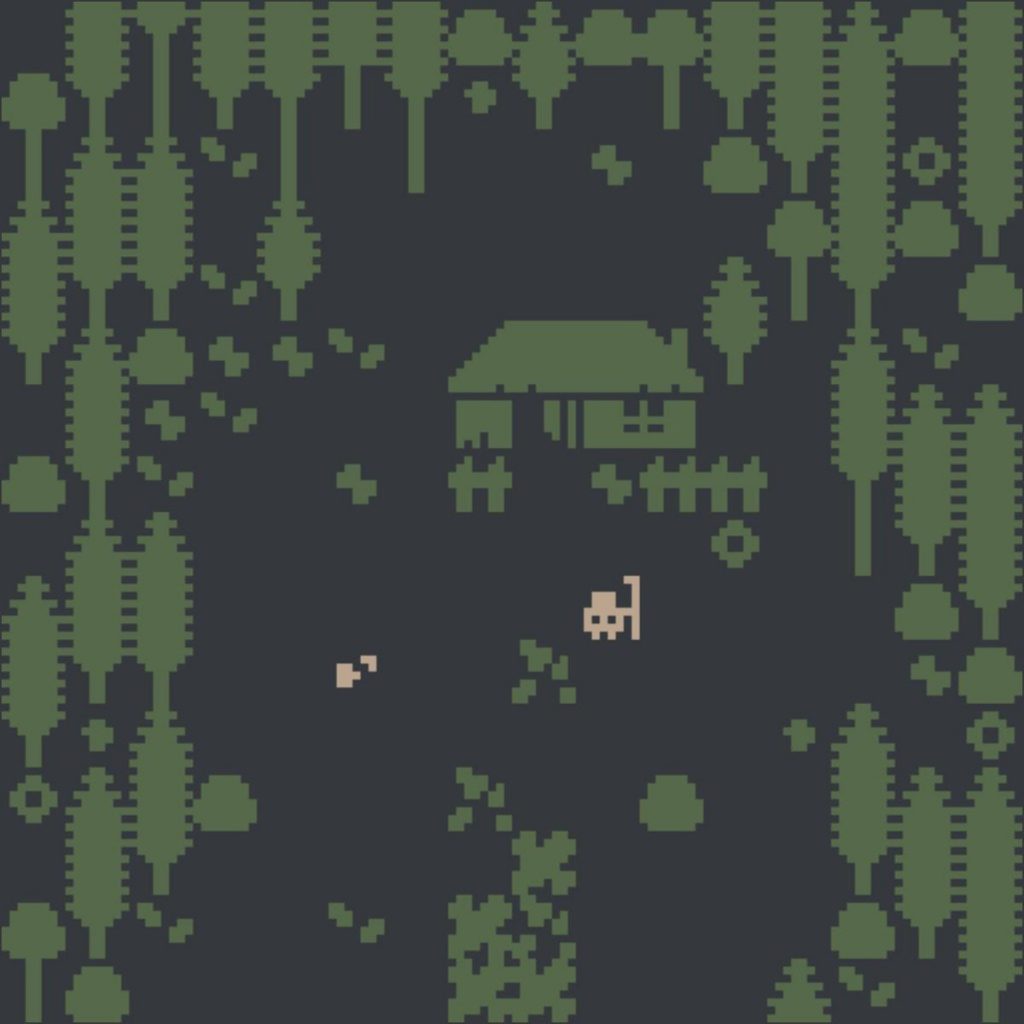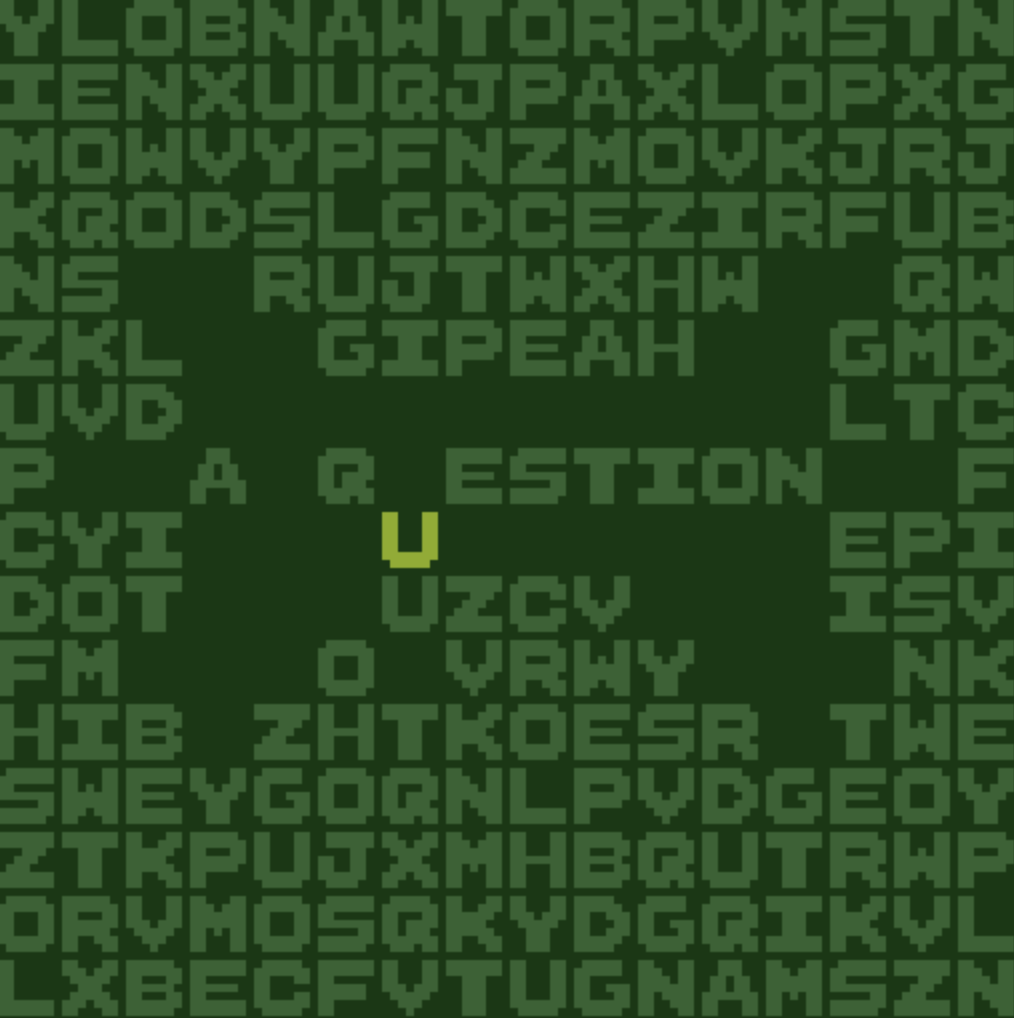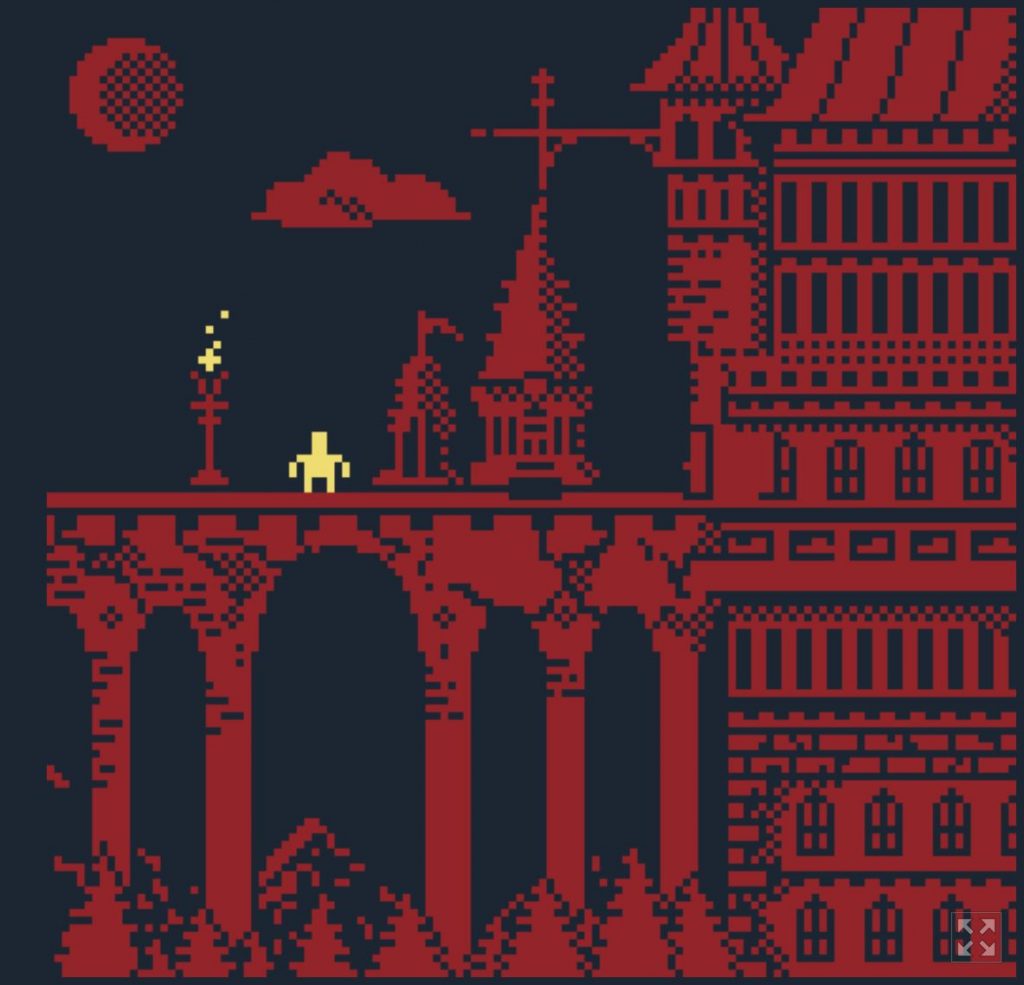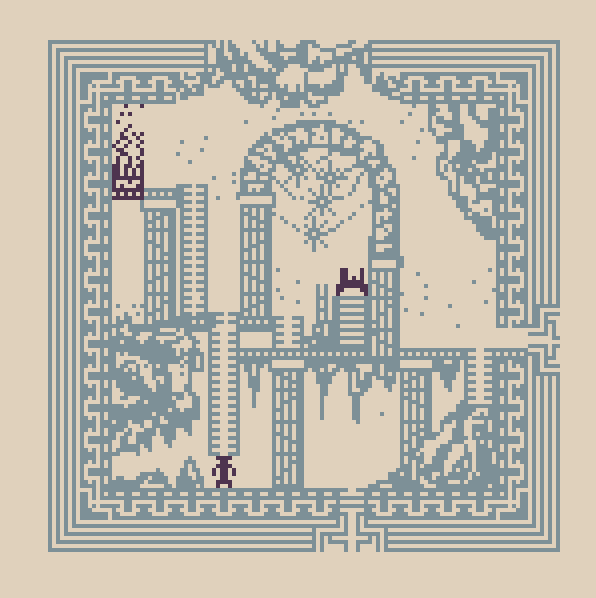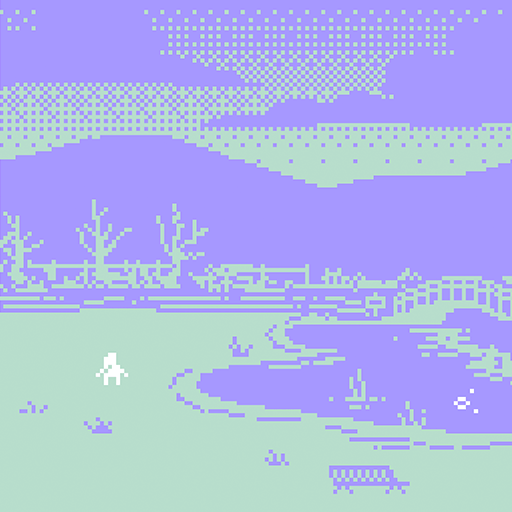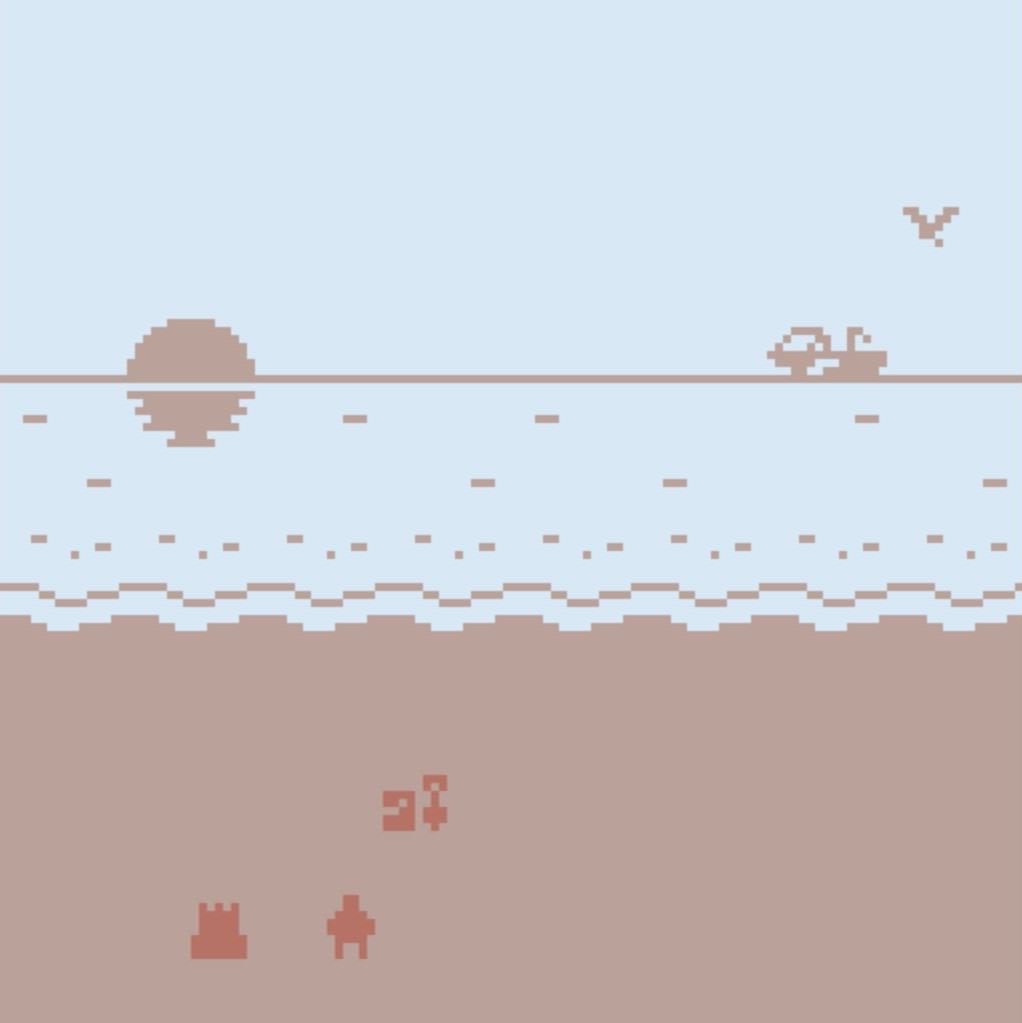Strategizing your Interactive Narrative
Notes cribbed from Paolo Pedercini.
Strategy: Adaptation.
Start from an existing story or artifact and add your twist.
(Watch from 2:12 -12:05.)
An example: Hamlet, but you are Elsinore and you can change the course of the story.
Little Red Riding Hood for young adults: the coming-of-age themes are foregrounded and the style is Gothic:
An adaptation of the viral video “British lads hit each other with a chair” in which you are the cameraman, and it’s gay magical realism.
Strategy: Nonfiction
What if your story is based on a historical, biographical scenario?
A puzzle platformer, but each “level” is a scene narrating the overthrowing of the democratically-elected Prime Minister of Iran by the CIA and the UK.
A guided tour of assets ripped (extracted) from Assassin’s Creed, but actually an essay, in the form of a videogame, examining digital cathedral builders and their medieval counterparts in relation to the unionization of game developers.
A dating simulation based on actual stories and documented techniques used by Pick-Up Artists (and you are the one being picked up) — created by School of Art professor, Angela Washko.
Strategy: Non-linear space-time
What if rooms jumped between different times and spaces?
Strategy: Protagonist-first
What if the character is not a blank slate? What is the character’s motivation?
You are a quack doctor trying to get a medical license in Shakespeare times.
You are trying to come out to your conservative family
You are a mom, hanging around aimlessly while your teenage daughter is throwing an art party?
Structure-first
Puzzles, quest, investigation, time loops… Bitsy may be limited in the interactivity it affords, but we can imagine mechanics that are not there.
You are with your lover in the 10 seconds before the world ends; what do you do?
You are browsing an archive try to piece together parts of a conspiracy that actually happened
A typical branching structure, but the choices are about navigating the complex political factions of the 1979 revolution in Iran.
Strategy: Location-first
A common approach: the protagonist is the place, and the story is told through objects and spaces.
There are plenty of mansions and islands in arty exploration games. What could be some other unique, self-contained spaces?
Visual Tips
More notes Cribbed from Paolo Pedercini.
It’s ok to leave areas un-tiled. You can use negative space and the background color to communicate what areas are walkable.
Especially for natural environments: make slight variations of the same tiles to make the world look less grid-like.
For natural and non-architectural spaces, avoid using square tiles and straight edges.
Making tile-sets is pretty much about rounding corners and creating patterns that break the grid:
Modular tiles are powerful, but consider patterns that cover multiple tiles to add some variation. Like this:
versus this:
You may only have two colors, but you can use techniques like dithering (manual in this case) to add depth and gradients.
Spatial Geometries
Plan View (Top Down; Mazes)
Section View (Platformers, ladders, etc)
Landscape (Perspective) View

